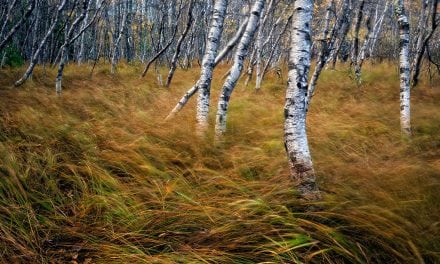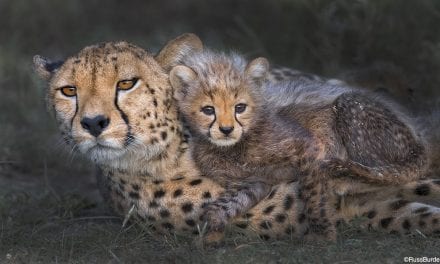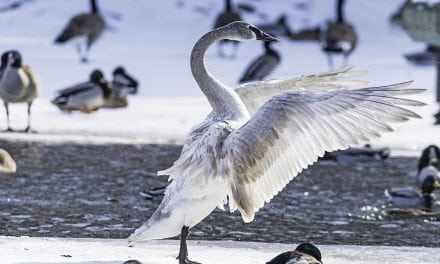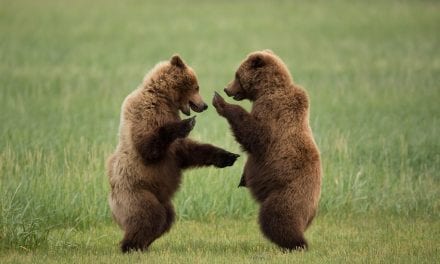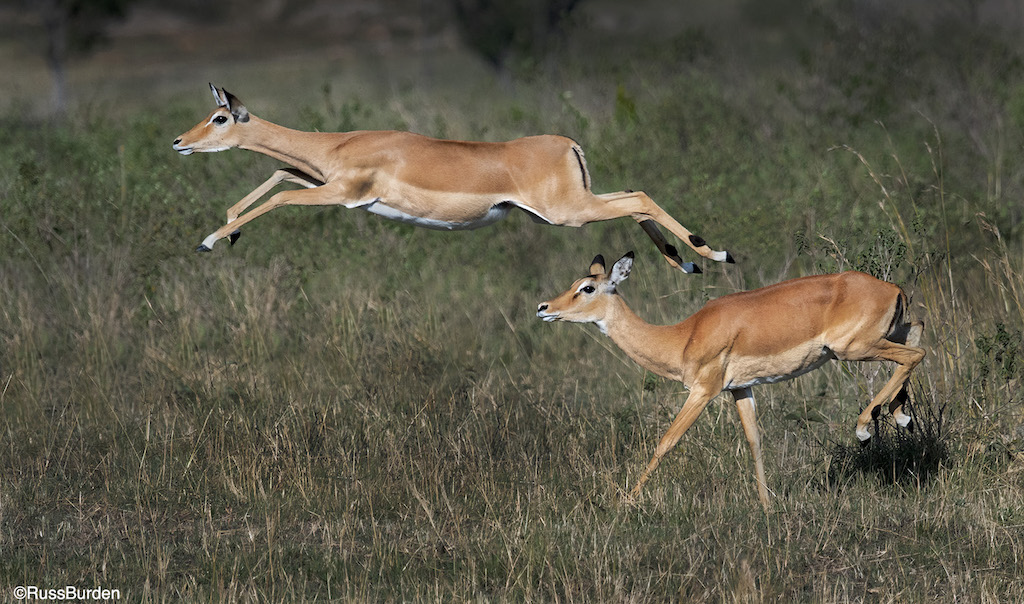
Making a good wildlife portrait is a challenge. Many factors must fall into place to create a successful image. The light can’t be harsh, ideally there’s a highlight in the subject’s eye, the background should be clean, the animal should be a good specimen, the head angle should show the eyes, if other subjects appear it’s best to avoid awkward mergers and many more factors. These alone make it difficult to piece together a good portrait let alone concentrating on behavior. But because the ultimate wildlife shot shows behavior, let’s cut to the chase and accept the challenge. Bring your work to the next level and capture behavior in wildlife photography by showing the animal in action.

The beauty of action is it can be captured in a few ways. It can be fluid and show lots of motion when a slow shutter speed is used or it can arrest the motion via the means of a high shutter speed. One shows implied motion and the other freezes it. Each has its own virtues and required means of capturing the effect. Both make stunning images when properly handled. In this week’s tip, I touch upon the basics of how to capture both aspects. Incorporate them into your photographic repertoire to make you a more diverse wildlife photographer.
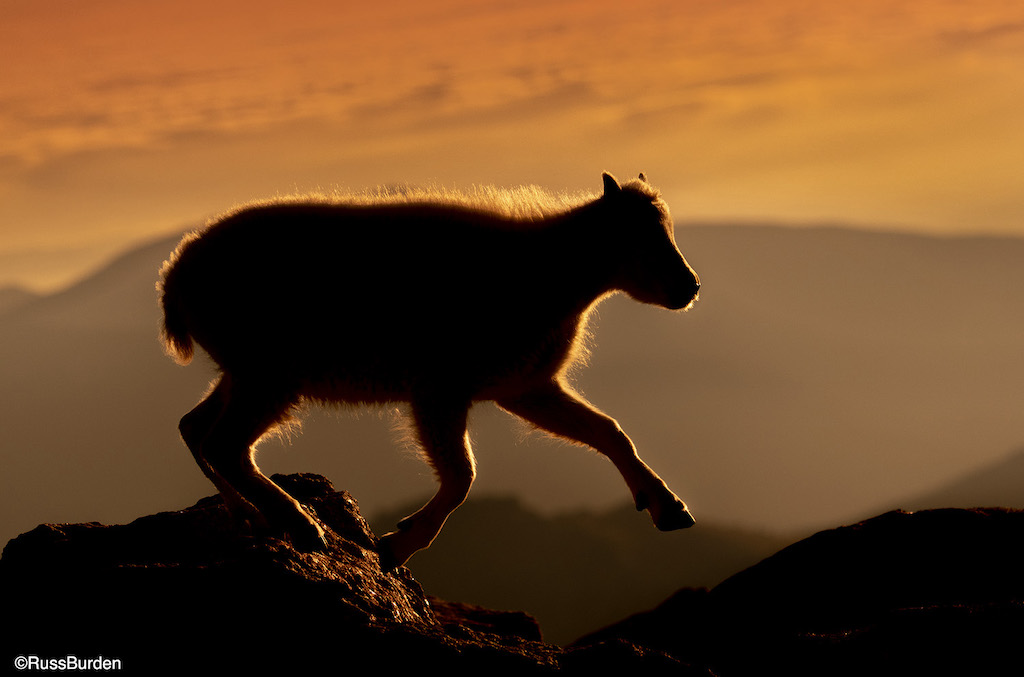
Freeze It
To arrest the movement of fast-moving subjects, it requires fast shutter speeds dependent upon the action. The faster the movement, the higher the required speed to freeze the motion. For instance, an eagle in flight moves its wings at a much slower speed than a duck. A slower speed can be used to stop the action of an eagle’s primaries than a wood duck in flight. It’s essential to learn the rate of motion of the subjects you desire to capture. Additionally, the angle at which the subject moves dictates the shutter speed. If the subject moves toward or away from you, a slower one can be used than if the subject’s action is perpendicular.
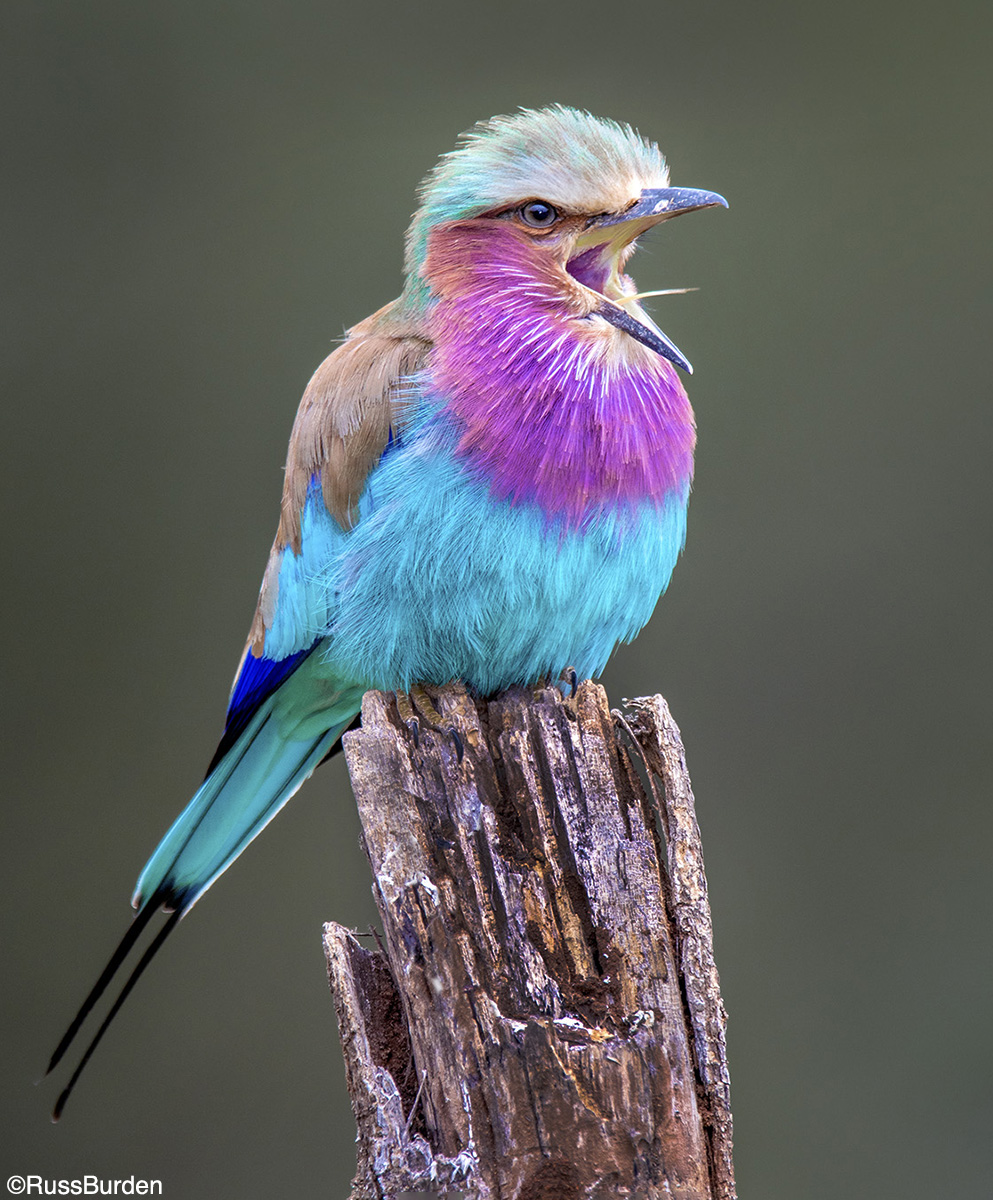
Higher ISOs are necessary to attain the required shutter speeds to freeze the running, jumping, flying, leaping or other movement of any subject. It’s necessary to also use wide open apertures to acquire higher shutter speeds. As a lens is stopped down, the corresponding shutter speeds become increasingly slower. This behooves you to use fast lenses and apertures that are faster than ƒ/5.6 for example. To show action and/or behavior doesn’t require the animal to run, walk, fly or jump. Something as simple as a yawn, a bird preening, a mother licking its young to bathe it or an animal stalking prey are all aspects a photographer should strive for to elevate their wildlife photography.
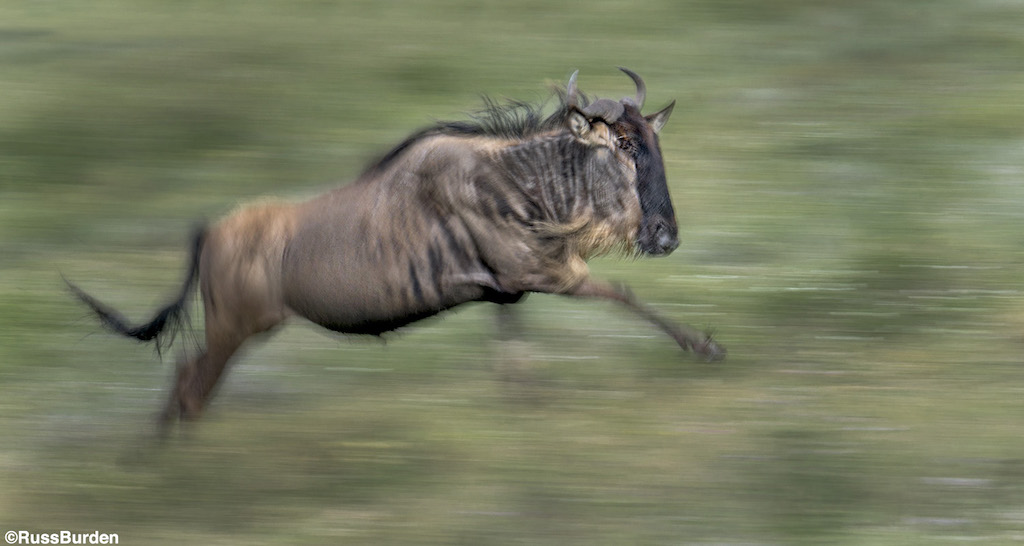
Motion Blur
Implied action is achieved via panning or creating an intentional blur. When panning, follow your subject as you make the exposure. The result is a sharp rendering of the moving object with a background that shows horizontal streaks. Intentional blur gives a painterly, impressionistic effect by using slow shutter speeds that record the motion of the subject. Panning produces a more predictable result, but it still requires you to develop the follow-through technique. Basically, start to follow your subject before you take the image and continue to follow it after pressing the shutter. The smoother the pan, the sharper the subject.
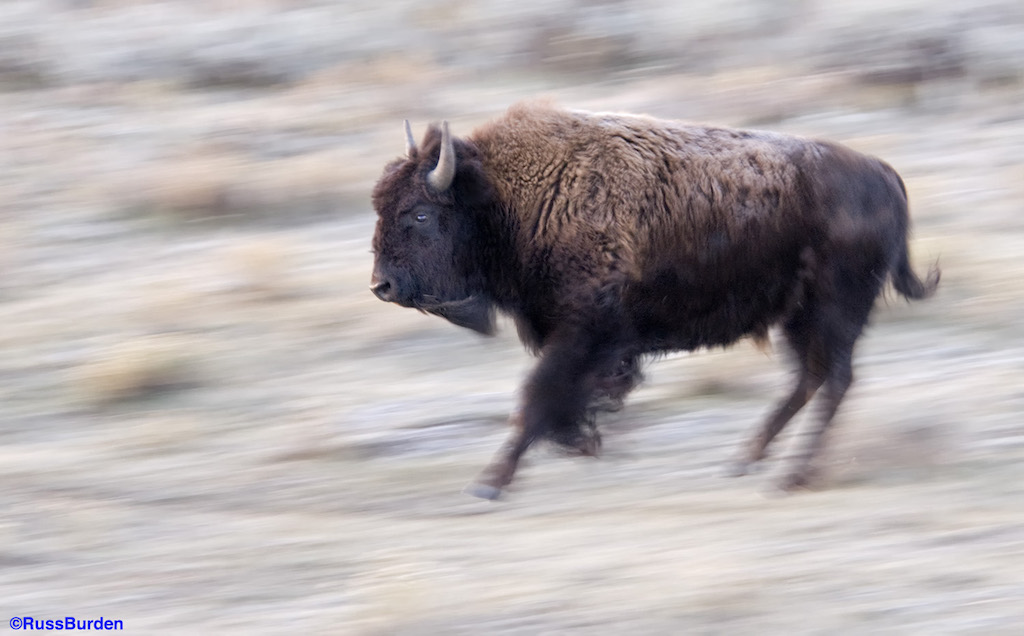
Whether you choose to freeze the animal in mid-stride or exaggerate its movement using implied blur, bring your wildlife photography to the next level. Research the species you intend to photograph so you know when it’s active, when it likes to feed, when its birthing season is, when it migrates, etc. The more you learn about the animals, the more you increase the opportunity to capture behavior in wildlife photography.
To learn more about this subject, join me on a photo safari to Tanzania. Visit www.russburdenphotography.com to get more information.
The post Beyond The Portrait: Capture Behavior In Wildlife Photography appeared first on Outdoor Photographer.











